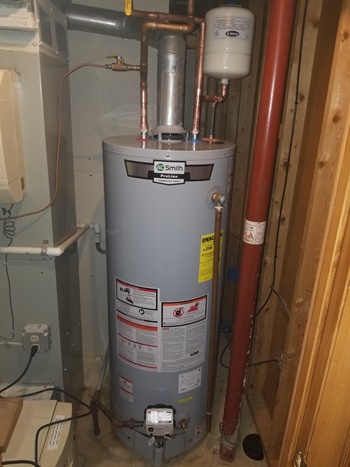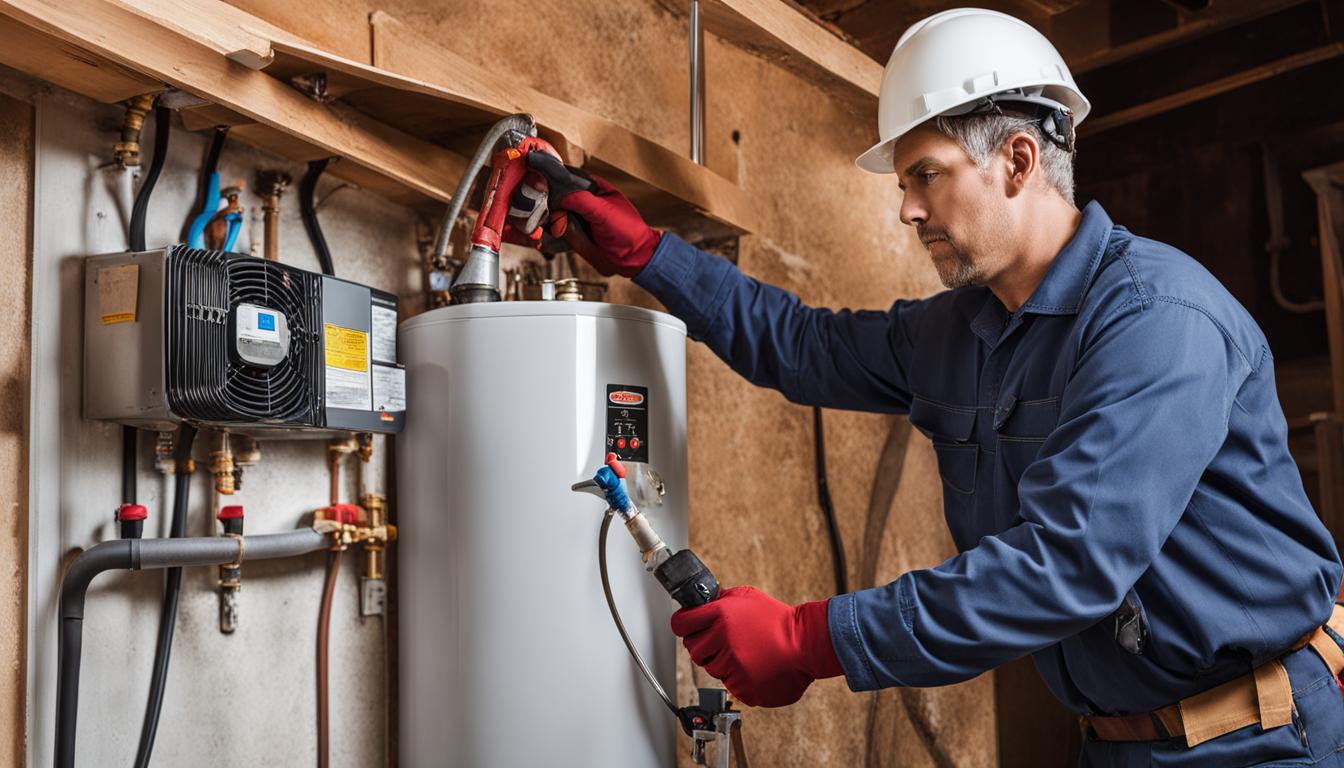Steps to Prolong the Lifespan of Your Home's Hot Water System By MaintenanceUseful Techniques for Caring for Your Home's Hot Water System
Steps to Prolong the Lifespan of Your Home's Hot Water System By MaintenanceUseful Techniques for Caring for Your Home's Hot Water System
Blog Article
The content directly below on the subject of How to Maintain a Hot Water Heater in a Few Simple Steps is unquestionably intriguing. Don't skip it.

Hot water is vital for everyday convenience, whether it's for a rejuvenating shower or cleaning dishes. To ensure your warm water system runs efficiently and lasts much longer, normal maintenance is crucial. This write-up provides sensible pointers and insights on exactly how to keep your home's hot water system to stay clear of disturbances and costly repair work.
Introduction
Keeping your home's hot water system might appear daunting, however with a couple of simple steps, you can ensure it operates efficiently for years to come. This guide covers every little thing from understanding your hot water system to DIY upkeep pointers and knowing when to contact expert aid.
Importance of Maintaining Your Hot Water System
Routine upkeep not only prolongs the life expectancy of your warm water system yet additionally ensures it operates effectively. Ignoring maintenance can cause reduced performance, greater power costs, and also premature failure of the system.
Indicators Your Hot Water System Requirements Maintenance
Understanding when your warm water system requires interest can stop significant concerns. Keep an eye out for indicators such as irregular water temperature level, strange noises from the heater, or rustic water.
Comprehending Your Hot Water System
Before diving right into upkeep jobs, it's handy to comprehend the fundamental parts of your warm water system. Typically, this includes the water heater itself, pipelines, anode poles, and temperature level controls.
Month-to-month Upkeep Tasks
Normal regular monthly checks can help catch minor problems before they intensify.
Purging the Hot Water Heater
Purging your hot water heater gets rid of debris buildup, improving efficiency and prolonging its life.
Checking and Replacing Anode Rods
Anode rods protect against deterioration inside the storage tank. Checking and replacing them when worn is important.
Checking and Changing Temperature Settings
Changing the temperature settings guarantees optimal efficiency and safety and security.
Do It Yourself Tips for Upkeep
You can execute several maintenance tasks yourself to keep your hot water system in top problem.
Looking for Leakages
Consistently examine pipes and connections for leaks, as these can result in water damage and higher costs.
Examining Stress Alleviation Valves
Evaluating the stress safety valve guarantees it works correctly and stops extreme pressure buildup.
Shielding Pipelines
Insulating hot water pipelines minimizes warm loss and can save energy.
When to Call an Expert
While DIY maintenance is beneficial, some concerns call for expert competence.
Complex Concerns Needing Professional Aid
Instances consist of major leaks, electric issues, or if your water heater is consistently underperforming.
Routine Professional Upkeep Advantages
Professional upkeep can include comprehensive assessments, tune-ups, and guaranteeing compliance with safety and security requirements.
Conclusion
Normal maintenance of your home's warm water system is necessary for effectiveness, durability, and price financial savings. By following these ideas and knowing when to seek specialist help, you can make sure a reputable supply of hot water without unforeseen disruptions.
Water Heater Maintenance: The Basics
Maintaining your water heater will ensure it operates efficiently and has a longer lifespan. Neglecting regular maintenance can lead to costly repairs and an even bigger chunk of your savings if you have to replace it sooner than necessary. But there’s good news: Most water heater maintenance tasks are relatively simple and easy for homeowners with basic DIY skills.
Flush the Water Heater
Over time, sediment and minerals can build up in the tank, reducing its efficiency and potentially causing damage. To flush the tank, turn off the power or gas supply, attach a hose to the drain valve near the bottom and open the valve to drain the water until it runs clear. Ideally, flush the tank annually.
Replace the Anode Rod
The anode rod is a sacrificial metal rod that helps prevent corrosion inside the tank. Inspect and replace it every three to five years or per the manufacturer's recommendation. To replace the anode rod, turn off the power or gas supply, drain a few gallons of water from the tank, unscrew the old rod and replace it with a new one. If the anode rod is significantly corroded or covered in calcium buildup, it's a sign the water heater may need to be replaced soon.
Tune-Up
A yearly tune-up can help identify potential issues and ensure your water heater operates at peak efficiency. This typically involves checking the thermostat, burner assembly (for gas heaters) and any other components specified by the manufacturer. During a tune-up, the technician may also clean the burner and adjust the pilot light (for gas heaters) or examine the heating elements (for electric heaters).
How to Maintain Your Water Heater
Insulate the tank. Insulating the tank can improve energy efficiency and reduce heat loss, saving you money on energy bills. You can purchase precut insulation blankets designed specifically for water heaters or use standard fiberglass insulation wrapped securely around the tank. Check the temperature. The recommended water temperature for most households is around 120 degrees Fahrenheit (49 degrees Celsius). Higher temperatures can increase energy costs and potentially cause scalding. Use a kitchen thermometer to check the temperature at the faucet nearest the water heater. Monitor water pressure. Excessive water pressure can strain the water heater and cause leaks or even tank failure. Install a pressure-reducing valve if necessary. The ideal water pressure range is between 60 and 70 PSI (pounds per square inch). Test the temperature and pressure (T&P) relief valve. The T&P relief valve is a safety feature that releases pressure if the tank gets too hot or the pressure builds up too high. Test it annually by lifting the lever and allowing a small amount of water to release. Replace the valve if it doesn't release water or reseal properly. Check for leaks. Regularly inspect the tank, pipes and fittings for leaks or corrosion. Deal with issues promptly to prevent further damage. Even a small leak can lead to significant water damage over time. Consider a tankless water heater. If your traditional tank-style water heater is nearing the end of its lifespan ( typically 10 years), consider replacing it with a tankless water heater. These units heat water on demand, reducing standby energy losses and potentially saving you money on your energy bills. Schedule professional maintenance. While homeowners can perform many water heater maintenance tasks, it's still a good idea to schedule professional maintenance every few years. A plumber or HVAC technician can thoroughly inspect the unit, identify potential issues and ensure it operates safely and efficiently. https://www.homeserve.com/en-us/blog/home-improvement/hot-water-heater-maintanence/

Hopefully you enjoyed reading our post about Tips For Maintaining Your Hot Water Heater. Thanks so much for taking the time to read our content. Sharing is nice. Helping people is fun. I appreciate your readership.
Go Company Report this page